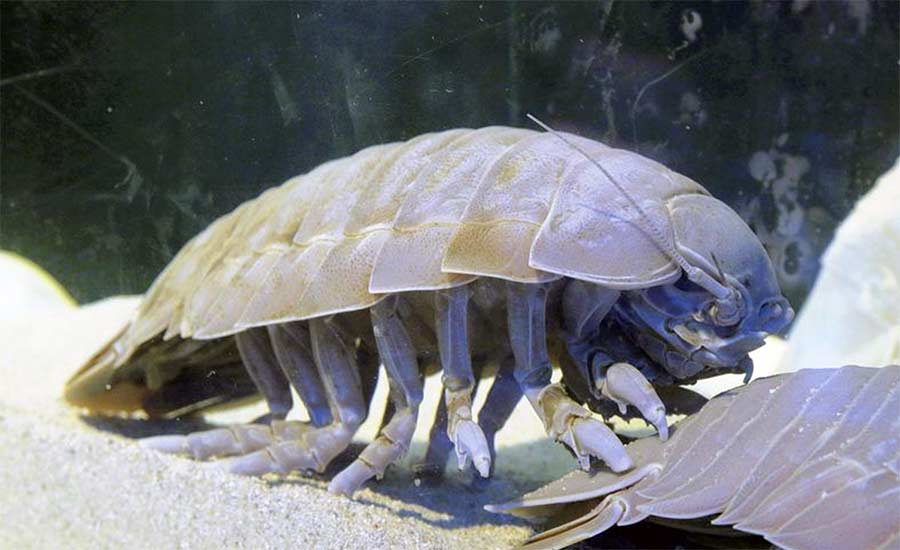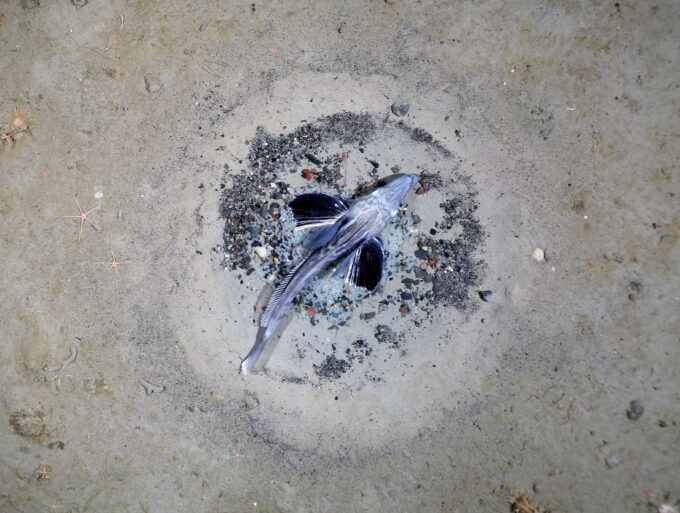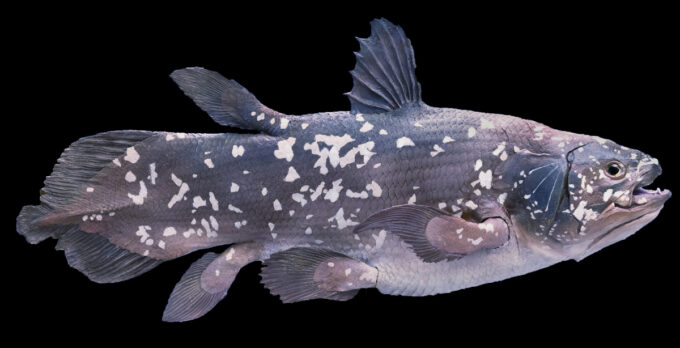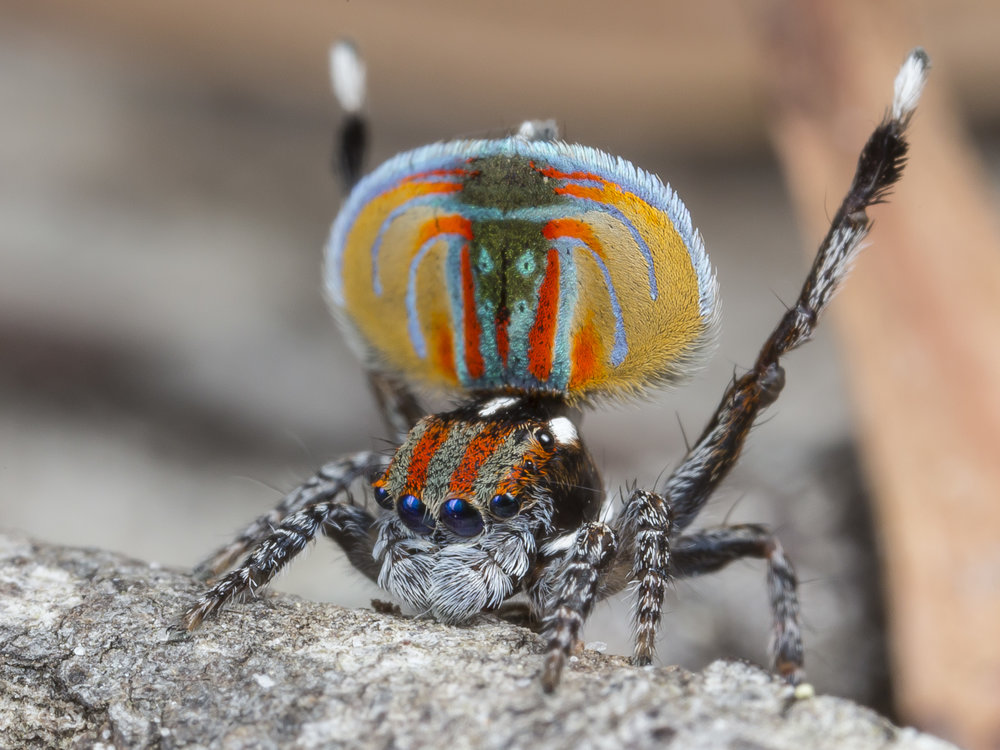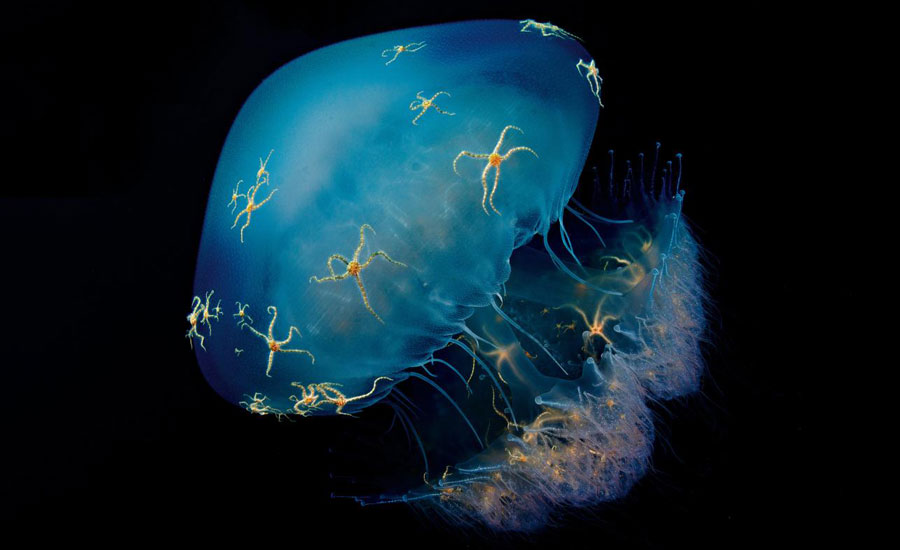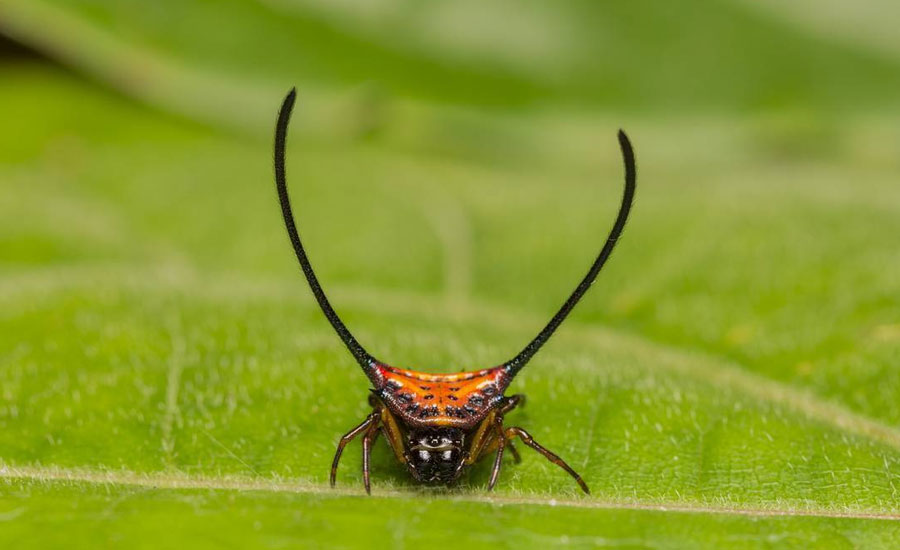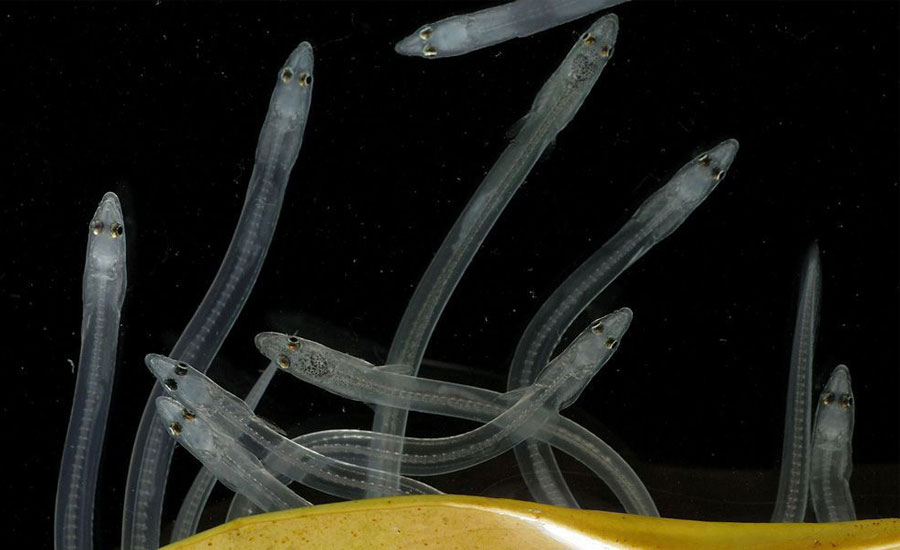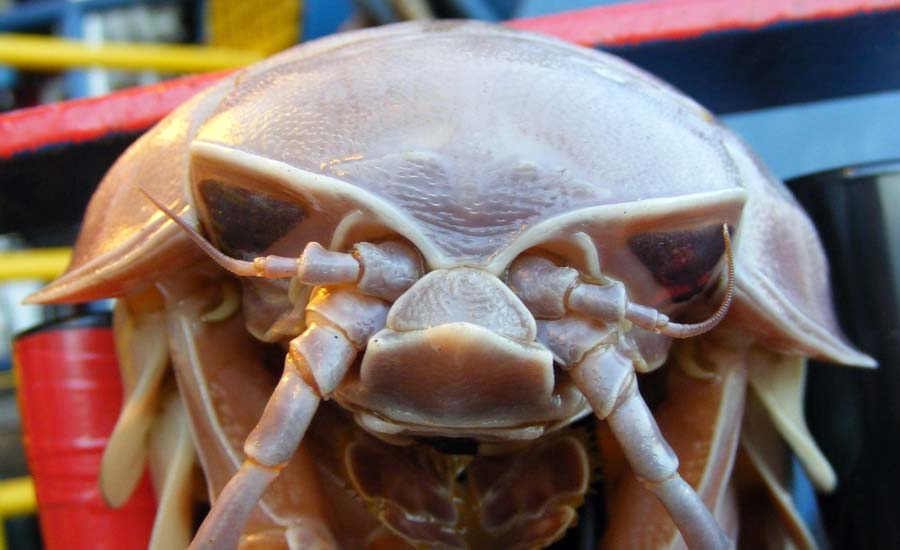 A giant isopod is any of the almost 20 species of large isopods in the genus Bathynomus. They are abundant in cold, deep waters of the Atlantic, Pacific and Indian Oceans. Bathynomus giganteus, the species upon which the generitype is based, is often considered the largest isopod in the world, though other comparably poorly known species of Bathynomus may reach a similar size. The giant isopods are noted for their resemblance to the much smaller common woodlouse, to which they are related.
A giant isopod is any of the almost 20 species of large isopods in the genus Bathynomus. They are abundant in cold, deep waters of the Atlantic, Pacific and Indian Oceans. Bathynomus giganteus, the species upon which the generitype is based, is often considered the largest isopod in the world, though other comparably poorly known species of Bathynomus may reach a similar size. The giant isopods are noted for their resemblance to the much smaller common woodlouse, to which they are related.
Giant isopods are a good example of deep-sea gigantism, as they are far larger than the typical isopods that are up to 5 cm. They are infamous for attacking and destroying fish caught in trawls, and they are eaten in Taiwan.
